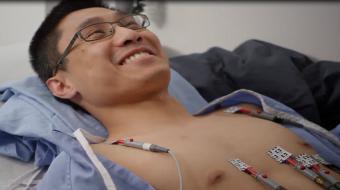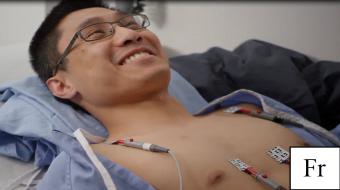Featured Videos
Premier Practitioners
All Videos
Supraventricular tachycardia (SVT) is an abnormally fast heart rhythm caused by irregular electrical activity in the upper part of the heart. There are four main types of SVT: atrial fibrillation, atrial flutter, paroxysmal supraventricular tachycardia (PSVT) and Wolff-Parkinson-White syndrome.
Symptoms of SVT
One of the most common symptoms of supraventricular tachycardia is palpitations. If you experience palpitations, your physician or cardiologist may recommend an electrocardiogram to establish whether your symptoms are an accentuation of a normal heart rhythm or something more serious.
SVT is usually caused by a microscopic fibre in the top part of the heart. In some cases, patients even have to come to the emergency room because the arrhythmia will not stop. Most patients who see their cardiologist will have SVT for a number of years before they seek medical attention - they get used to living with it. They may compensate by taking big breaths, or taking a big breath and pushing hard, which is called a Valsalva manoeuvre, which may stop the arrhythmia. Often, episodes become more frequent, last longer or don't stop, so patients then seek medical attention or see their cardiologist .
Treatment for Supraventricular Tachycardia
Some patients may benefit from taking medication. This works about 70 percent of the time, but patients have to take it every day to prevent an occurrence of arrhythmia that might happen only once a month.
Catheter ablation is a procedure that can be effective in treating SVT. During a catheter ablation, the cardiothoracic surgeon places catheters through the groin area with the help of x-ray, then up inside the heart. The surgeon then stimulates the heart electrically to reproduce the same arrhythmia that the patient experienced. Next, the surgeon places a catheter to touch and destroy the microscopic fibre, then passing either an electrical current in the catheter to heat the tip, or cooling the tip of the catheter (cryoablation). The success rate of catheter ablation is between 90 and 95 percent, with a complication rate of one to two percent.
Talk to your cardiologist if you'd like more information on SVT.
Visit HealthChoicesFirst.com for more videos and resources on heart health.
Heart palpitations and supraventricular tachycardia are conditions where the heart can beat irregularly and fast, causing patients to feel alarmed or unwell.





